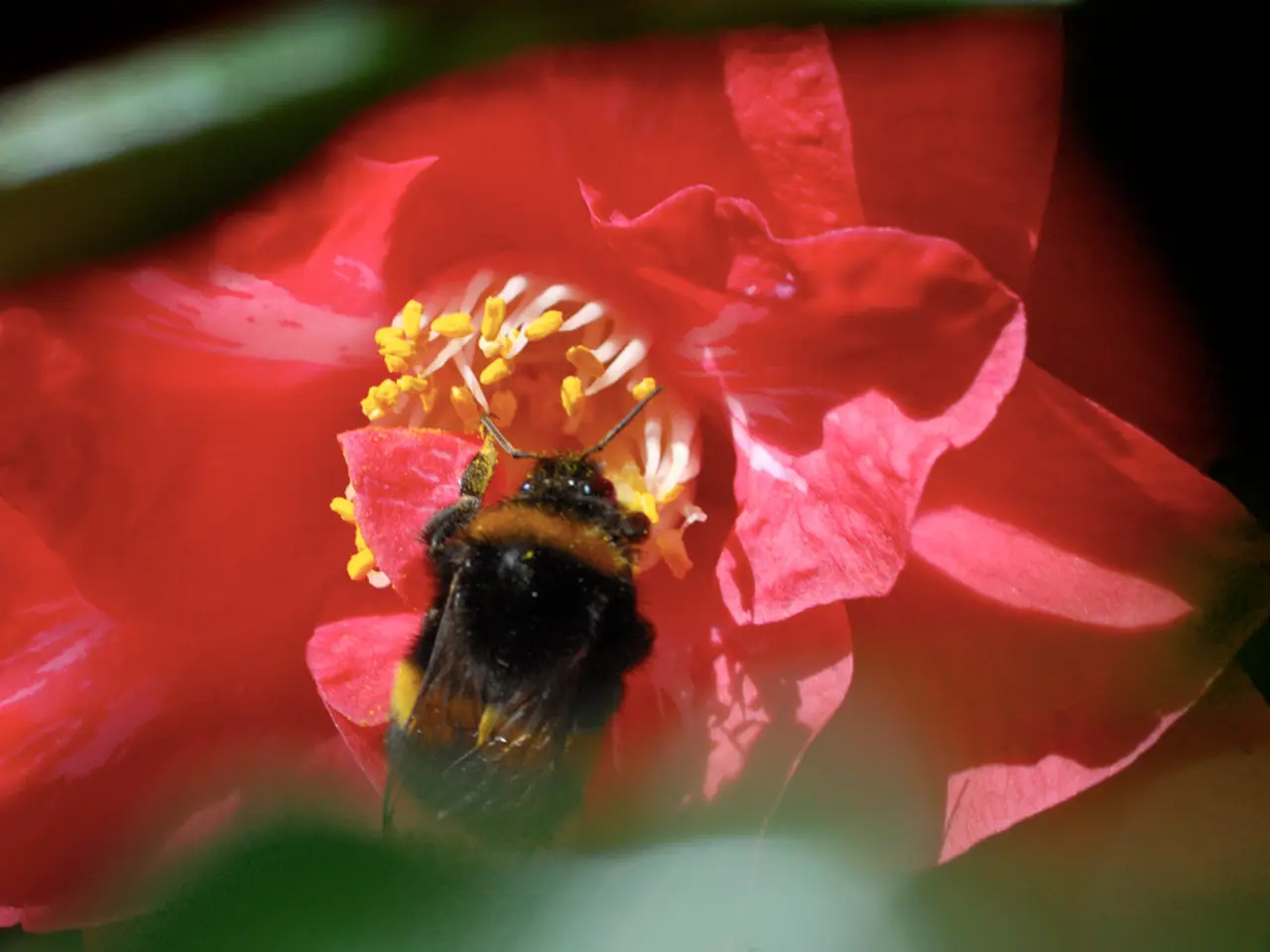Addressing and Managing Orchid Root Rot, with Focus on Preventing Subsequent Infections
Orchid root rot is a common problem that can affect the health of these beautiful plants and lead to their untimely death if left untreated. This article will guide you on how to identify, treat, and prevent this issue.
Identifying Root Rot
To diagnose root rot, it is necessary to remove the plant from its housing and inspect the roots. Healthy roots are firm and white or green when moist, while infected roots appear dark, soft, and may emit a foul odor. The two most common fungi causing orchid root rot are Pythium and Phytophthora, although Fusarium and Rhizoctonia may also be a problem.
Symptoms of Root Rot
Symptoms of orchid root rot include drooping leaves, yellow leaves, loss of vigor, discolored and shriveled aerial roots, and a decay and mold odor at the bottom of the pot. If you notice these symptoms, it's essential to act quickly.
Treating Root Rot
To treat fungal root rot, remove the orchid from its pot and carefully cut away all infected roots using sterilized scissors or pruning shears, discarding any decayed material. Repot the orchid in fresh, well-draining medium and ensure the pot has adequate drainage holes to avoid water accumulation. After trimming, adjust watering so the growing medium dries slightly between waterings, and improve air circulation around the roots to inhibit fungal growth.
Preventing Root Rot
Preventing root rot involves proper cultural practices. Use an orchid mix that includes bark, perlite or sponge rock, coconut chips, and horticultural charcoal. This ensures a well-draining medium. Water only when the medium is nearly dry to avoid overwatering, and ensure good air flow to keep roots from staying wet for prolonged periods. Regular inspection of roots during repotting allows early detection and response.
In more severe cases or when specific fungal pathogens are involved, fungicides may be used, but it is recommended to consult a local agricultural extension or plant pathology expert for accurate diagnosis and suitable treatment recommendations.
Watering Orchids
Most orchids prefer to be moist but not wet. Watering in the morning can help reduce the chance of fungal disease. A moisture meter can be used to determine the moisture level of the potting medium, although it may not work as well in a chunky bark potting mix. Gently shake or brush out any remaining medium from the roots before watering.
Proper Container and Drainage
Orchids potted in containers with poor drainage or in an improper potting medium can also get root rot. To prevent this, containers should have several open drainage holes to allow extra water to leach out of the container and away from the roots. Setting a container on a saucer or within a decorative outer pot that retains water can promote root rot.
Conclusion
Correct watering practices are crucial to preventing fungal diseases. Test the moisture level of the potting medium and water the orchid once per week. After repotting, water the orchid lightly and place it where it gets bright, filtered light. By following these guidelines, you can help your orchids thrive and avoid the devastating effects of root rot.
[1] "Orchid Root Rot: Identification, Treatment, and Prevention." Gardening Know How. https://www.gardeningknowhow.com/ornamental/flowers/orchids/orchid-root-rot-identification-treatment-prevention.htm [2] "Orchid Root Rot: Causes, Symptoms, and Treatment." HGTV. https://www.hgtv.com/design/outdoors/gardens/orchid-root-rot-causes-symptoms-and-treatment [3] "Orchid Root Rot: Causes, Symptoms, and Treatment." The Spruce. https://www.thespruce.com/orchid-root-rot-causes-symptoms-and-treatment-1807752 [4] "Orchid Root Rot: Causes, Symptoms, and Treatment." The Orchid Care Centre. https://www.orchidcarecentre.com/orchid-root-rot-causes-symptoms-and-treatment/ [5] "Orchid Root Rot: Causes, Symptoms, and Treatment." Orchid Care Solutions. https://www.orchidcaresolutions.com/orchid-root-rot-causes-symptoms-and-treatment/
To ensure a healthy home-and-garden lifestyle, it's important to provide proper care for your orchids, especially in preventing root rot. By using an orchid mix that promotes good drainage and watering only when the medium is nearly dry, you can create a lifestyle conducive to maintaining the vibrancy of these beautiful plants and preventing issues such as root rot. Additionally, regular gardening practices like inspecting roots during repotting can help catch root rot early and treat it effectively to maintain a thriving home-and-garden environment.




